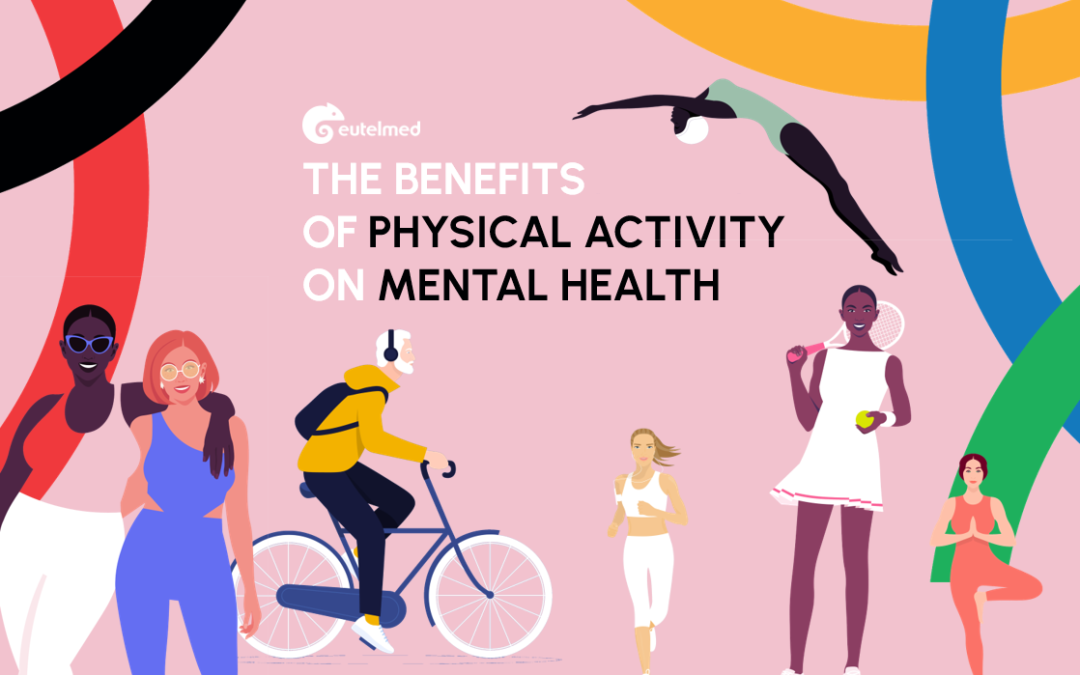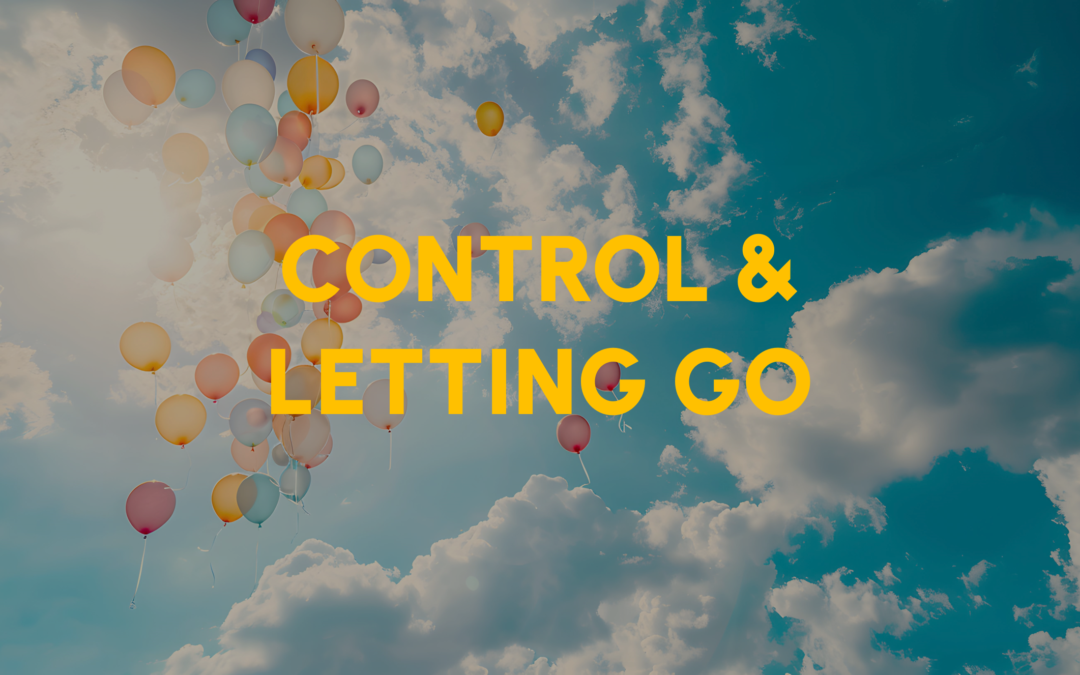Burnout and depression are two common psychological manifestations that overlap in the expression of human and psychological malaise. In both cases, emotions can monopolise a person’s day-to-day life, transforming pleasurable experiences and tinting everyday life with a sombre mood. Added to these emotions are strong thoughts about the world and about oneself, which can prevent the person from moving forward and fulfilling their potential. It’s common to experience burnout and depression, without distinguishing where one starts and the other stops.
Are they two completely separate phenomena, or is burnout just a form of depression? To answer this question, we need to look at the history of mental disorders, the recognition of illnesses and syndromes by health bodies and their definitions.
What is depression?
From a clinical point of view, depression is a persistent state of low mood, accompanied by symptoms such as sleep and/or eating disorders, loss of energy and pleasure, reduced motivation, irritability, excessive feelings of guilt, loss of self-esteem and gloomy thoughts (desire to harm oneself or end one’s life).
Depression has long been classified as a mental health illness, in other words, a condition characterized by a series of signs and symptoms due to internal or external causes, and which progresses over time. The medical and health professions have been aware of this mental disorder for over a century, but philosophers were already interested in it long before that, calling it “melancholia”.
What is burnout ?
Burnout has only been recognised in the healthcare world for about fifty years. Originally, it was used only to describe the state of exhaustion affecting health professionals such as psychiatrists and psychologists faced with the distress of their patients. Gradually, thanks to research conducted by occupational psychologists to identify its symptoms and causes, it was extended to all professions.
Relatively new, burnout is described by the World Health Organisation (WHO) as a “work-related phenomenon” and is not currently classified as a disease.
It is characterised by a feeling of lack of energy or exhaustion, withdrawal, cynicism and negativity about one’s work, and a loss of professional effectiveness. According to this model, burnout is at the heart of the interaction between a social context and individual perceptions of oneself and others at work.
Similarities
Generally speaking, burnout has an ambiguous relationship with health. Its physiological symptoms closely resemble those resulting from chronic stress. For example: headaches, stomach aches, sleeping problems, tense muscles, etc. What’s more, given that it originally referred only to a state of emotional exhaustion, burnout is still commonly confused with depression. In their modern conceptualisations, burnout and depression share the symptoms of extreme fatigue, low mood, and reduced performance or productivity.
In both these cases, emotional exhaustion can take over and force the person to say stop. Furthermore, it may be that the psychological symptoms are expressions of the self that are unable to emerge other than in the form of burnout and/or depression. For instance, a burnout may occur in a worker who cannot say no to the risk of overworking himself at work and at the expense of his personal life, in order to protect him and force him to take a break.
Whether it’s burnout or depression, the difficulties that follow are the onset of associated disorders and negative thoughts. The most common associated disorders are sleep disturbances, eating disorders, and disturbances affecting desire. As for negative thoughts, they may remind us of personal flaws or weaknesses. When emotional resources are depleted, it is much more difficult to stop the spiral and to distinguish to which category of suffering these different disorders belong. For example, the negative thoughts associated with burnout (e.g. “I can’t do it”, “I’m not good enough at what I do”, etc.) are mixed with those associated with depression (e.g. “I’m hopeless”, “I’m going to die alone”, “No one will ever respect me”, “The world is too horrible”, etc.).
Differences
Despite their similarities, burnout and depression are quite different. Unlike burnout, depression is not linked solely to the work environment: negative thoughts are not limited to the work context and, very quickly, they can invade all areas of a person’s life. Conversely, burnout is by definition associated with the work environment. This is not to say that personal life has no influence on burnout, but simply that burnout is necessarily linked to work activity. However, with the development of teleworking, it is not impossible that the limits of this definition will be reassessed in the coming years.
The symptoms of depression are loss of self-confidence, despair, and gloomy thoughts. If burnout at work leads a person to have gloomy thoughts, there is probably a co-occurrence of burnout and depression. The occurrence of gloomy thoughts about oneself or others is in no way typical of simple burnout. Similarly, negative thoughts about work and a drop in energy and performance can be explained by burnout without depression being involved.
In conclusion, burnout is situational and work-related, whereas depression tends to be vague and can affect all areas of personal life.
Why distinguish between them?
It is important to make a clear distinction between burnout and depression, because their treatment and therapeutic methods differ. Whereas a person suffering from burnout could get better by taking time off work (leave, time off when prescribed) or by having an open conversation about working conditions and the adjustments needed to ensure their well-being, depression often requires more specific treatment, or even medication.
During consultation, mental health professionals will be interested in the person’s psychiatric and psychological history, the environmental factors that can affect the person’s condition and the personal resources that have been put in place to cope with the distress. These elements are crucial to understanding the disorder and to being able to refer the person to the resources needed for effective treatment.
The distinction between burnout and depression is always a therapeutic one, and can help in prevention and the implementation of measures to protect people and prevent situations. In the case of burnout, properly recognizing this disorder in its own right enables companies to identify the measures they need to put in place to protect their employees. For example, avoiding overtime or human cost-cutting at the risk of overloading employees are preventive measures. In the case of depression, prevention is much more concerned with the individual’s personal lifestyle.
Together, burnout and depression are frightening forces. They both strike at human frailties and can call into question a person’s life choices and personal effectiveness. The cause-and-effect relationship remains complex, but it appears to be reciprocal: burnout can lead to depression just as much as depression can lead to burnout. Negative thoughts and emotional exhaustion are common to both mental disorders. However, burnout and depression are distinguishable from each other by their own risk factors and symptom manifestations. Research currently considers them to be two distinct phenomena, even though the borderline between severe burnout and depression can be very fine.
 About the author
About the author
Myriam Paperman is a franco-american doctor in clinical psychology. Myriam is passionate about mental health prevention, and is the author of the book “Une consultation psy sans souci” (Collection Mango Society – On en parle!), which helps to break down barriers so that people can go for a consultation with peace of mind. More broadly, her contributions to Eutelmed conferences, webinars and other events are aimed at de-stigmatising mental health and making it accessible to everyone.








